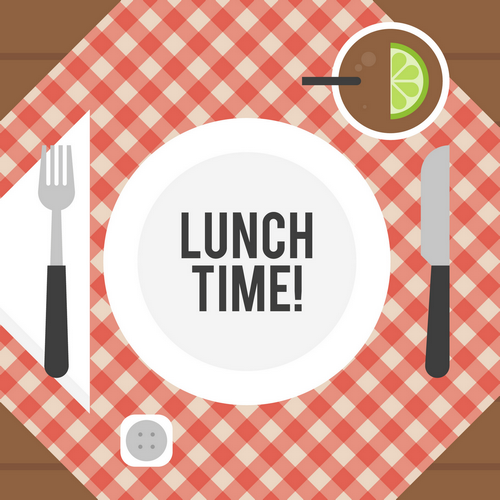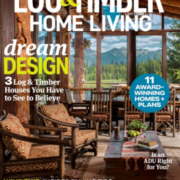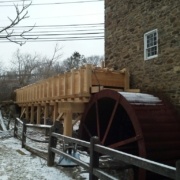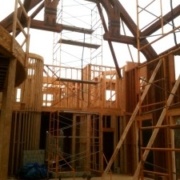There’s always a sense of excitement in the office when the phone rings and it’s a new prospective client on the other end. We know that the client is excited, too. I mean, who would be contemplating spending a pretty fair chunk of change on a new home or an addition if they weren’t excited?
Usually, there are just two basic questions that are foremost in the minds of many new clients: how much will the timber frame cost? And, how does the process of getting a timber-framed home work? We can — and often do — spend hours on the phone or sitting face to face trying to answer these and other related questions. And it’s a lot of fun, something we look forward to and take pleasure in.
If, in the course of that conversation, we were to say something like “Well it sounds like you’d be looking to spend somewhere between $50,000 and $75,000”, you can bet your bottom dollar that two interlinked phenomena will occur. The first will be a deflation of the price tag: in future conversations it will seem like the higher number had never even been mentioned. The second phenomenon will be an inflation of expectations: for any given order of financial magnitude, the timber frame project will start to grow in complexity and scope.
So, in our opinion, there’s really no effective and responsible way to answer the question about money without actually developing a pretty comprehensive view of the whole timber frame project. Our own questions need answers, too, if only provisional ones. Questions like: How much timber material will be needed? How many timbers are there in the frame? What’s the level of complexity of the joinery? What are the species and grade of timber? Where is the project (far away or in our backyard, on top of a mountain, on an island without a bridge or even ferry service, etc.)? What is the scope of our services (just the timber frame, or frame and panels and roof, etc.)? and on and on.
Part of the process of discovery for us is to take the time necessary to develop a conceptual virtual 3-D model of the timber frame. This tells us a lot about the fabrication and erection of the frame and really helps us pin down costs. If this initial design concept can stand pretty much as-is you can take our first estimate right to the bank. With many projects, however, this isn’t really how things work out. It may be early in the project and things are still changing as budgets get nailed down, and as the client develops a clearer sense of what he or she really wants. In other words, the design process will take multiple iterations – and time.
For years now, we’ve offered “free” estimates and conceptual design services. But as Robert Heinlein and Milton Friedman and others have observed, there ain’t no such thing as a free lunch. True, we don’t feel that we can charge for this initial service — and we never have. It just doesn’t seem right. In the end, though, somebody pays for the initial design, and that somebody is all the clients who hire us and help us to cover our business overhead.
Doing free conceptual design is always a bit of a speculative proposition. We know that we can’t reasonably expect every prospective client we consult with to choose to work with us. What we most hope to accomplish with our offer of these consultations and conceptual designs and budget proposals is to initiate a partnership with our clients that will carry all of us through to a successful and happily concluded timber frame project. The choice of a timber frame company should be based on the prospects for just such a successful collaboration. Think of our initial services as a free lunch if you will. We just hope you won’t think of them as an all-you-can-eat smorgasbord.
– Tim Diener
A Free Lunch

You might also like

 Willow Creek Farm
Willow Creek Farm







